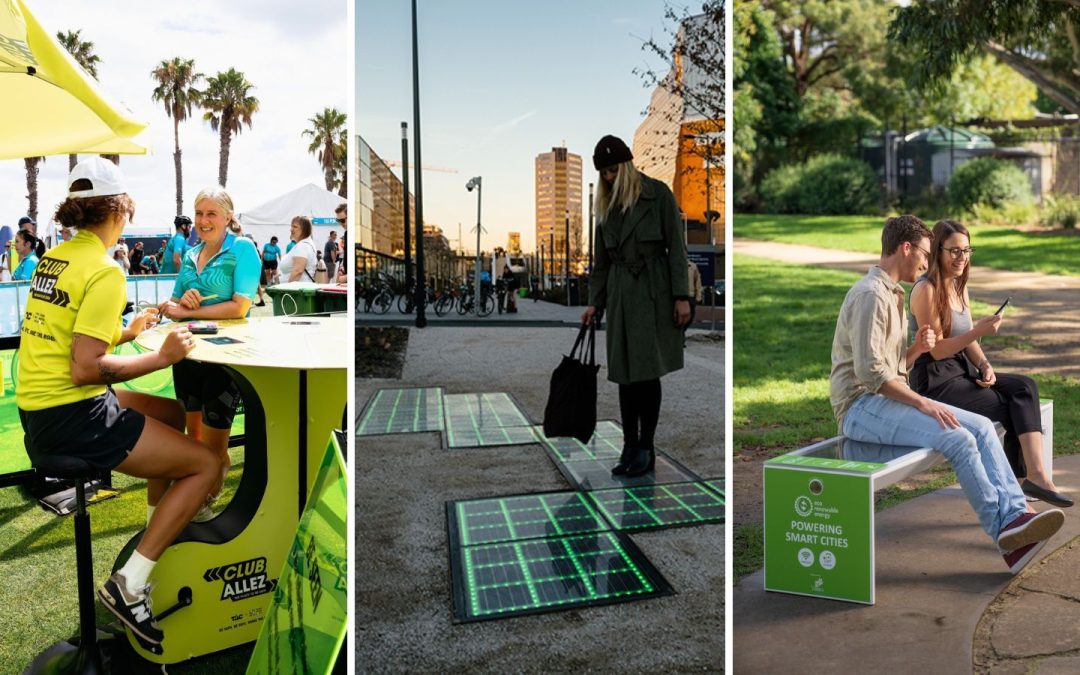Table of Contents
The global events industry is undergoing a significant transformation. As sustainability becomes a cornerstone of modern practices, public spaces are shifting from temporary, disposable setups to permanent, eco-friendly installations. This paradigm shift not only addresses environmental concerns but also creates long-lasting value for communities and urban planners.
The Environmental Impact of Temporary Installations
Temporary installations have long been criticised for their environmental impact. These structures, often made from non-recyclable materials, contribute significantly to landfill waste once their purpose is served. From single-use banners to disposable furniture, the environmental footprint is substantial. Additionally, the energy used in the production, transportation, and dismantling of these materials further exacerbates their carbon impact.
Why Permanent Installations Are the Future
Permanent installations offer a compelling alternative, providing environmental, economic, and social benefits. These structures are designed to last, eliminating the need for constant replacement. They often incorporate sustainable materials such as bamboo, recycled metals, and low-carbon concrete, reducing their overall environmental footprint.
Key Advantages of Permanent Installations:
- Longevity: Built to endure, permanent installations can serve multiple purposes over several years.
- Cost Efficiency: While the initial investment may be higher, the long-term savings outweigh the costs associated with repeated temporary setups.
- Community Value: Permanent structures often double as public amenities, such as solar-powered benches or kinetic energy floors, enhancing local infrastructure.
- Eco-Friendly Design: Many permanent installations leverage renewable energy sources and sustainable materials, further supporting green initiatives.
Examples of Sustainable Permanent Installations
Several projects in Australia are leading the way in sustainable public infrastructure:
- Smart Solar Benches: These benches are equipped with solar panels, which offer seating while providing USB charging ports and Wi-Fi. They remain functional year-round, promoting sustainability and convenience.
- WeWatt Bikes: These energy-generating bikes allow users to charge their devices while cycling, making sustainability interactive and engaging.
- Energy Floors: These innovative floors convert kinetic energy from footsteps into electricity, powering nearby devices or lighting. They blend sustainability with technology, creating functional and educational installations.
The Role of Technology in Driving Sustainability
The rise of smart technology has significantly influenced the shift toward permanent, sustainable installations. IoT (Internet of Things) devices enable real-time monitoring of energy usage and maintenance needs, optimising efficiency. For instance, solar panels integrated into installations can be monitored remotely to ensure maximum energy output, while digital displays can share sustainability metrics with the public, raising awareness and engagement.
Overcoming Challenges in Adopting Permanent Installations
Despite their numerous advantages, the transition to permanent installations is not without challenges. High initial costs, resistance to change, and the need for extensive planning can deter adoption. However, these obstacles can be mitigated through government incentives, public-private partnerships, and education campaigns highlighting the long-term benefits of sustainable infrastructure.
Conclusion
The move toward permanent, sustainable installations in public spaces marks a significant step toward building a greener future. Despite certain challenges, the benefits—such as protecting the environment, reducing costs, and adding value to communities—highlight the importance of this shift for urban planners and local governments. By focusing on sustainability, these installations can create a more resilient and environmentally conscious society, encouraging communities to adopt greener lifestyles.


Recent Comments